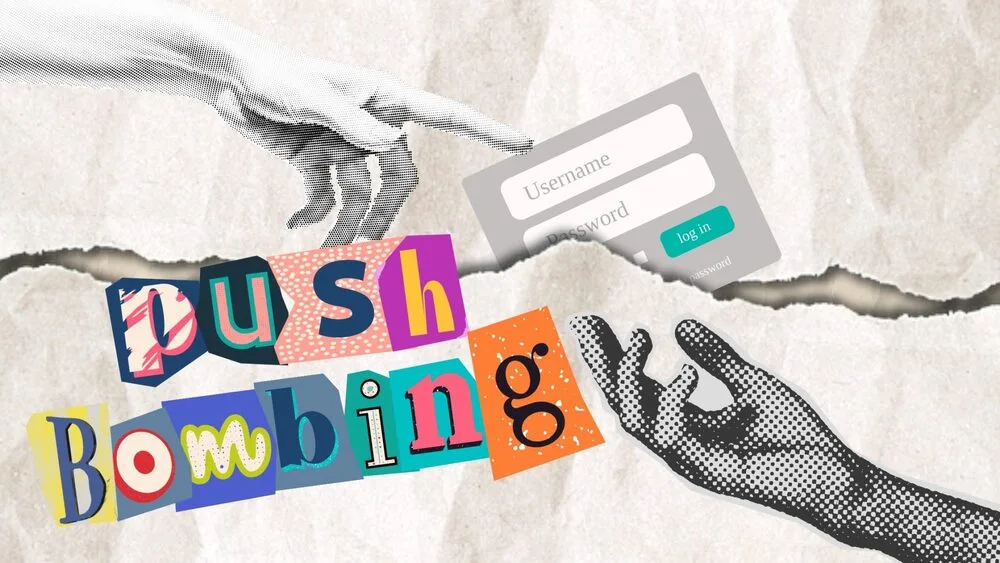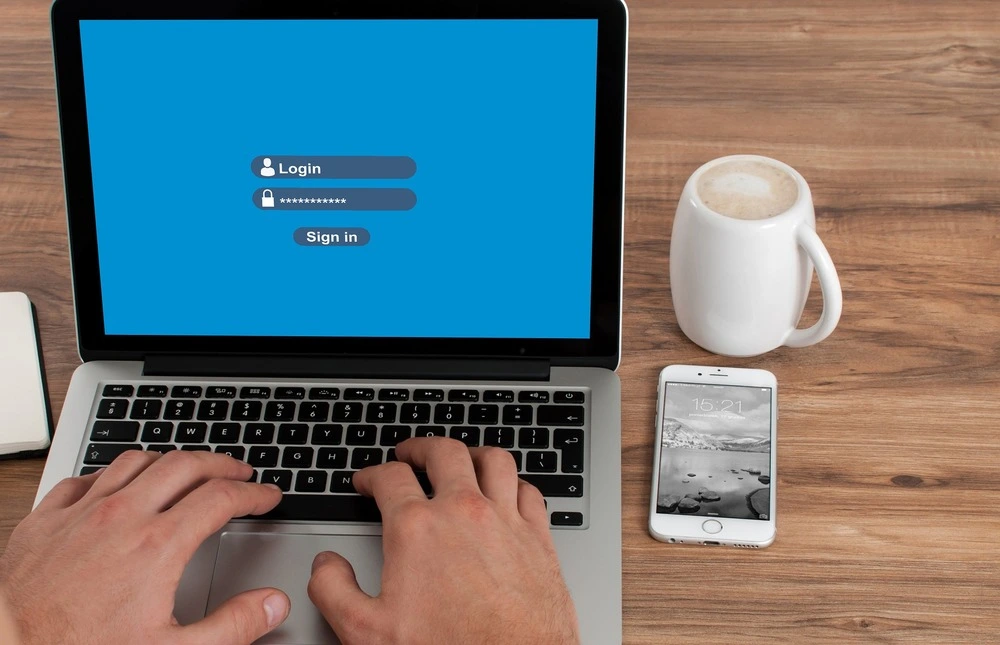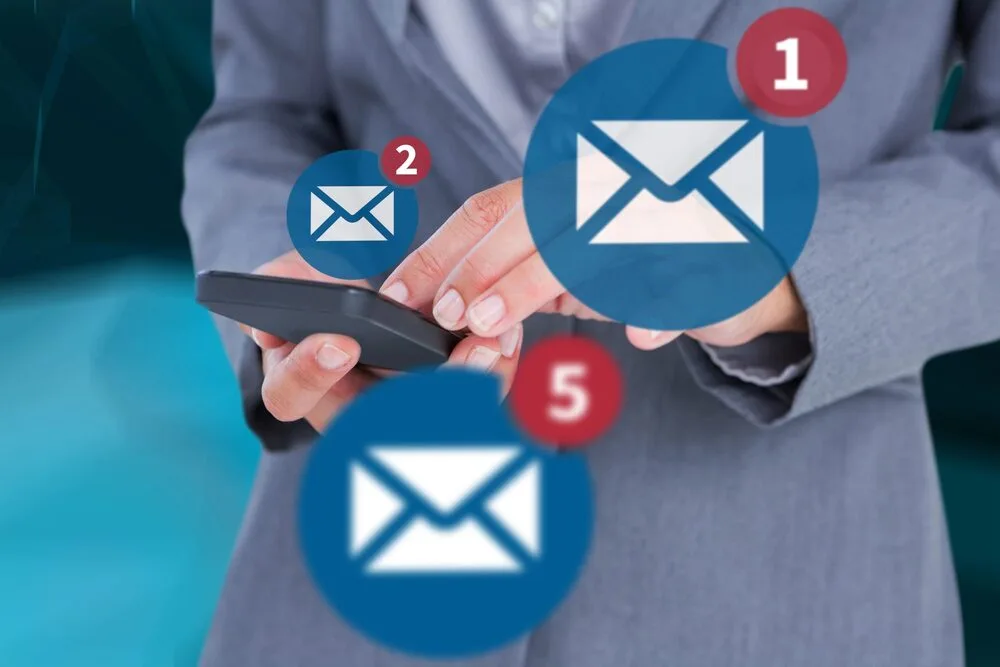Home |
Push-Bombing: How To Prevent It
May 11, 2023


Push bombing attacks are a growing concern for individuals and businesses alike, as they can result in data breaches, financial loss, and damage to reputation. In this digital age, it is more important than ever to be aware of the risks associated with push-bombing attacks and to take steps to protect yourself and your organization.


What is MFA Push Bombing Attack?
MFA Push Bombing Attack is a type of social engineering attack that aims to steal login credentials and bypass MFA fatigue through a bombardment of push requests to a victim’s mobile device. By overwhelming the user with push notifications, the hacker can reduce the ability to detect legitimate login attempts, thereby increasing the likelihood of a successful breach. This attack surface exploits the vulnerability of the human factor in authentication processes, making it crucial to protect their assets with phishing-resistant MFA technology.
Impacts of MFA Bombing Attack on Security
Attacks like the MFA push bombing attack can have severe impacts on security for companies. In this type of attack, the target’s user’s device is bombarded with push notifications that trick them into unintentionally confirming a fraudulent authorization. This can lead to account takeover and credential access, posing a significant security risk for the company’s infrastructure. Multi-factor authentication alone may not be enough to protect against these types of attacks, making it important for companies to also implement malware detection and security measures.
What is Multi-Factor Authentication?
Multi-factor authentication is a security process that requires users to provide two or more forms of identification before accessing an application or desktop. By adding layers of security, it helps protect against attacks that are often found on the dark web.
Types of Authentication Factors
The types of authentication factors commonly used in security systems are categorized into three main groups.
- The first group includes something the user knows such as a password or PIN.
- The second group consists of something the user has like a smart card or security token.
- The third group involves something the user has, such as biometric data like fingerprints or facial recognition.
To increase security, a second-factor authentication can be used, requiring two of these factors altogether for verification. For example, a user may need to enter a password and then use a fingerprint scanner for access to a system.
How Does MFA Push Bombing Attack Work?
An MFA Push Bombing Attack works by exploiting vulnerabilities in Multi-Factor Authentication (MFA) systems. The attack begins with the hacker obtaining the victim’s username and password through methods like phishing. Once the hacker has this information, they can attempt to access the victim’s account by inputting the stolen credentials. When the MFA prompt appears, the hacker uses a phishing page to trick the victim into providing their second-factor code, which is then used to complete the login process. This attack is effective because it takes advantage of the trust users have in MFA systems and their lack of awareness of potential threats.
Exploring the Execution Process of MFA Push Bombing Attacks
When it comes to MFA push bombing attacks, cybercriminals are constantly evolving their techniques to bypass security measures. These attacks typically involve bombarding an application with multiple login attempts using stolen credentials. The goal is to overwhelm the system and gain unauthorized access. The process of executing these attacks involves leveraging automated tools to generate a large volume of login requests, often from different IP addresses to avoid detection. By understanding the inner workings of MFA push bombing attacks, organizations can better protect their systems and data from falling victim to these malicious tactics.


Common Targets of MFA Push Bombing Attacks
MFA push bombing attacks are now capable of targeting a diverse range of organizations and individuals, such as those operating in the financial, healthcare, and technology industries. The goal of these attacks is to cause mass casualties and spread fear among the population. As a result, security measures at these locations are typically heightened in order to prevent future attacks. MFA Push Bombing Attacks can have far-reaching consequences, not only in terms of physical damage but also in the psychological impact on individuals and communities.
Ways to Combat MFA Push Bombing Attacks


To combat this sophisticated tactic, organizations must implement robust security measures and strategies. By staying proactive and vigilant, businesses can mitigate the risks posed by these increasingly sophisticated cyber attacks.
1. Enhance MFA through advanced detection techniques
As cyber threats continue to evolve, the need for more secure authentication methods becomes increasingly important. By implementing advanced detection techniques, organizations can enhance their Multi-Factor Authentication (MFA) systems. These methods utilize complex algorithms to analyze user behavior patterns and physical characteristics, providing an additional layer of security beyond traditional methods like passwords or security questions.
2. Implement phishing-resistant MFA
Implementing phishing-resistant MFA is crucial in ensuring the security of sensitive information. Phishing-resistant MFA methods may include biometrics, physical security keys, or time-based one-time passwords. These methods help to verify the identity of users and prevent unauthorized access to accounts even if login credentials are compromised.
3. Increase User Education
One way to enhance user experience and improve cybersecurity is to increase user education. By educating users on the importance of strong passwords, recognizing phishing emails, and staying up to date on security best practices, organizations can empower their users to be the first line of defense against cyber threats. Providing regular training sessions, sending out security reminders, and leveraging interactive learning platforms can all contribute to increasing user education levels within an organization. Ultimately, a more educated user base can lead to fewer security incidents and a stronger overall cybersecurity posture.
4. Strengthen Strong Password Policies
Organizations must enforce complex password requirements to protect sensitive data and prevent unauthorized access. One approach is to require a minimum length of eight characters with a mix of uppercase letters, lowercase letters, numbers, and special characters. Additionally, implementing password expiration policies can further enhance security by requiring users to change their passwords regularly. It is also important to educate employees on the importance of creating unique passwords and avoiding common practices like reusing passwords across multiple accounts.
5. Establish a Security Incident Response Plan
It is crucial for organizations to establish a security incident response plan to effectively handle security breaches and cyber attacks. The first step is to conduct a thorough risk assessment to identify potential vulnerabilities and threats. Once the risks are assessed, the next step is to define roles and responsibilities within the response team to ensure swift action in the event of an incident. Communication protocols should also be established to quickly alert stakeholders and coordinate a response. Regular training and testing of the plan are essential to ensure all team members are prepared to respond effectively to security incidents.
6. Monitor and Update Security Controls Regularly
Monitor your security controls regularly to ensure that they are functioning properly and protecting your network from potential threats. It is important to update these controls regularly to stay ahead of emerging threats and vulnerabilities. By staying vigilant and keeping your security controls up to date, you can minimize the risk of a security breach and protect your sensitive data.
Are you in need of assistance in enhancing your cyber security measures?
CloudConsole is here to help you protect your valuable data and information from potential threats. With the increasing number of cyber attacks, it is crucial to have robust security measures in place to safeguard your business or personal assets. Contact us today to schedule a consultation and learn more about how we can tailor our services to meet your specific cybersecurity needs. Don’t wait until it’s too late – let us help you stay one step ahead of potential threats.
